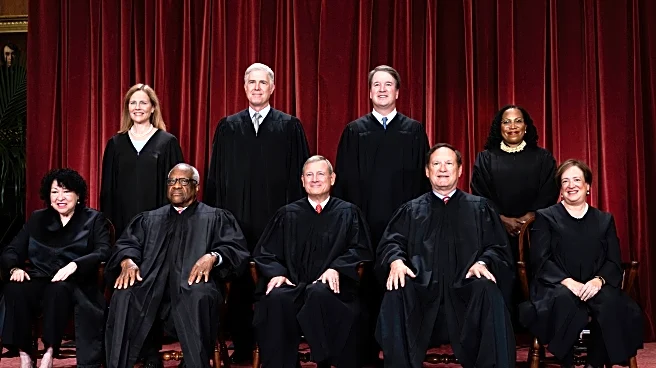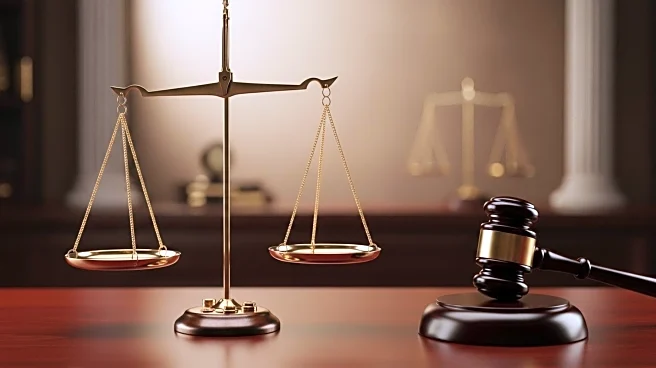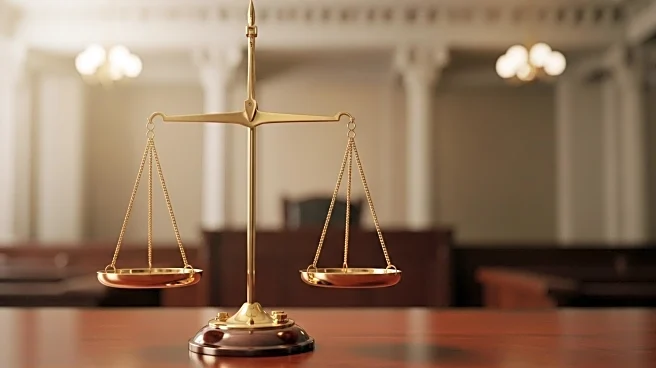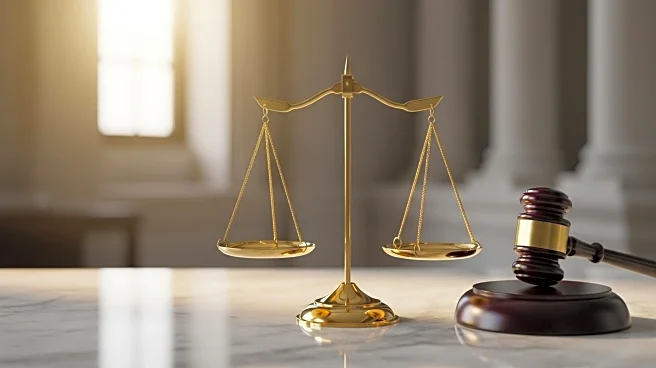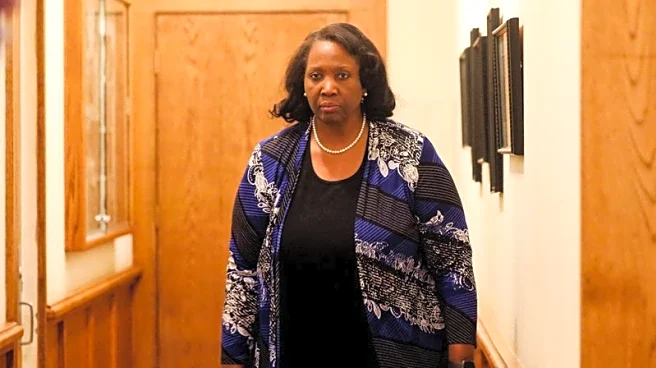What's Happening?
The U.S. Supreme Court is set to tackle several significant cases in its upcoming term, with a particular focus on voting rights. One of the pivotal cases, Louisiana v. Callais, involves a congressional district map enacted in 2024 by Louisiana's Republican-led legislature. This map was created following a federal court order to address previous issues under Section 2 of the Voting Rights Act of 1965, which was challenged for diluting Black voters' power. The case raises questions about the constitutionality of using race as a factor in redistricting, with the Supreme Court set to reexamine the interplay between the U.S. Constitution and the Voting Rights Act. Legal experts and civil rights advocates are closely watching the case, as it could have far-reaching implications for voting rights and racial gerrymandering.
Why It's Important?
The outcome of Louisiana v. Callais could significantly impact the enforcement of the Voting Rights Act, a cornerstone of civil rights legislation aimed at preventing racial discrimination in voting. If the Supreme Court decides to weaken or overturn Section 2, it could lead to a reduction in protections against racial gerrymandering, potentially disenfranchising minority voters. This case is particularly crucial as it comes at a time when voting rights are a contentious issue in U.S. politics, with debates over voter ID laws and election integrity. The decision could influence future redistricting efforts and shape the political landscape by affecting how electoral districts are drawn, potentially altering the balance of power in Congress.
What's Next?
The Supreme Court is scheduled to hear rearguments in Louisiana v. Callais on October 15. The decision could prompt legislative responses or further legal challenges, depending on the outcome. Stakeholders, including civil rights organizations and state governments, are likely to react strongly to the ruling, which could lead to new legal standards for redistricting and voting rights. The case may also influence upcoming elections, as changes to district maps could affect voter representation and election outcomes.
Beyond the Headlines
The case highlights broader issues of racial equity and representation in the U.S. political system. It underscores the ongoing struggle to balance race-conscious policies with constitutional principles, reflecting historical and contemporary challenges in achieving a truly multiracial democracy. The decision could set a precedent for how courts interpret the use of race in government policies, impacting not only voting rights but also other areas such as affirmative action and civil rights protections.

